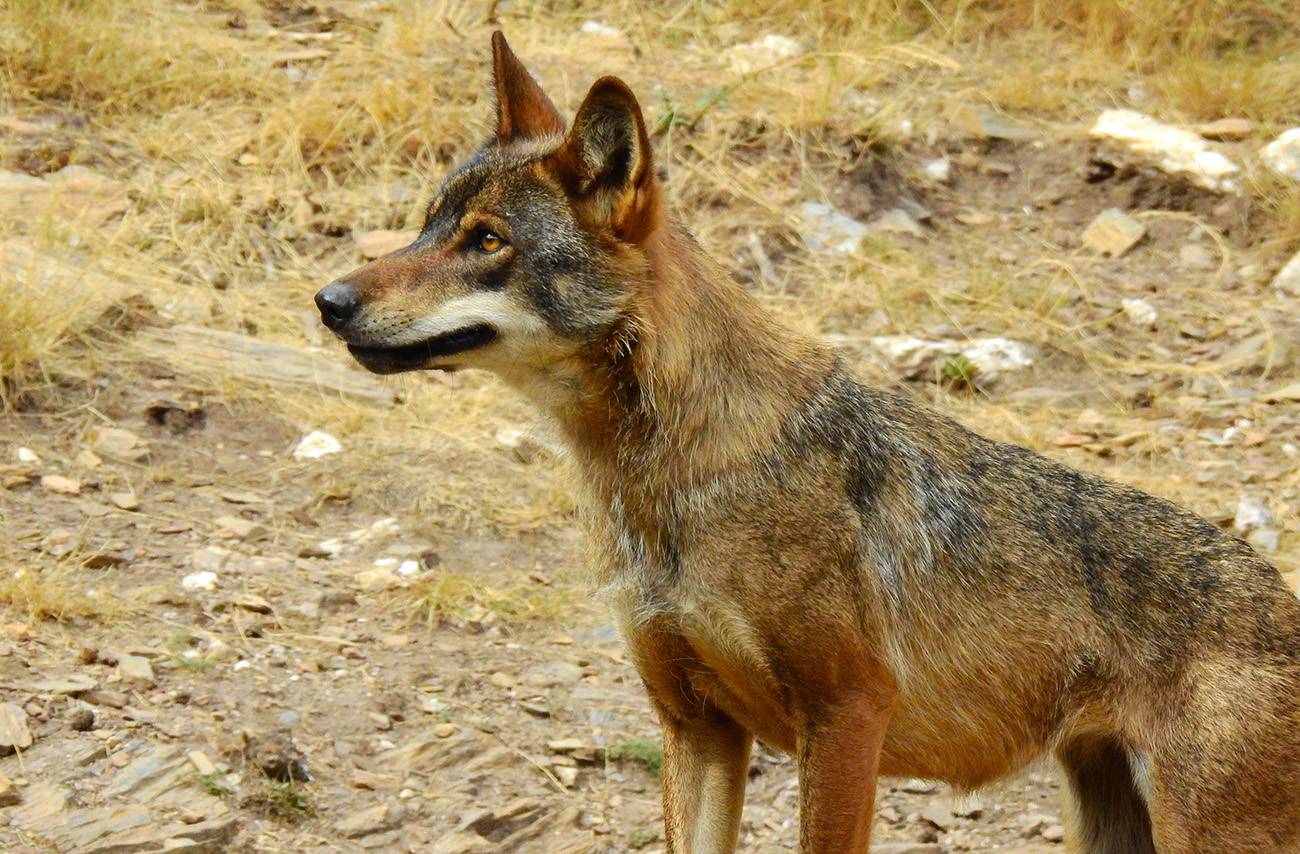The population of Iberian wolf, Despite its apparently continuous distribution in the northwest of the peninsula, it exhibits values of inbreeding highly variable, according to research by researchers from the Doñana Biological Station (EBD-CSIC) and the University of Potsdam (Germany).
He Iberian wolf It is one of the large predators of the Iberian Peninsula, and also a social and paternal animal. It is an endangered species that is almost extinct and of which only between 2,000 and 2,500 individuals remain in Spain, according to the last census.
The authors have the complete genome of contemporary wolves and historical specimens preserved in the EBD-CSIC scientific collections. The work, published in the magazine Journal of Heredityindicates that a Greater connectivity in the population could protect wolves Hispanics of the increase inbreeding at a local level, making them more susceptible to genetic problems.
The population of lobos on the Iberian Peninsula it is isolated from other populations lobos Europeans and their range have been greatly reduced in size over the past two centuries due to persecution and habitat fragmentation. This caused approx 1970 reached its historic low in population.
Since then the lobo has areas of the northwest and center of the peninsula, and has disappeared from the south of the peninsula. However, this apparently continuous distribution in the northwest of the peninsula hides fragmentation and high values of inbreeding on a local scale.
The inbreeding It occurs when two related individuals have offspring. The greater the relationship between the parents, the higher their level in the offspring. Inbreeding reduces the genetic diversity of individuals and makes them more susceptible have genetic problems. In a large population that is in a good conservation status, inbreeding is expected to be low and normally without major differences between individuals.
Low and high levels of inbreeding in the Iberian wolf
However, in this study, some very high inbreeding rates were observed in the Iberian population of lobos. “We found a wide range of levels of endogamy, from non-inbred individuals to individuals with values so high that their parents could be siblings,” he explains. Isabel Saladoresearcher at the EBD-CSIC and first author of the study.
By genetically comparing specimens from about 50 years ago with current specimens from nearby locations, the scientific team found that the lobos Contemporaries were more similar to animals that lived in the same region decades ago, which could explain the reason for the wide variation in inbreeding rates.
“This is a surprising result for a population of a species for which high mobility is assumed. It tells us that there is little genetic flow between individuals from different ranges, that is, the population is fragmented into small subpopulations,” he says. Carlos Villa, scientist at the EBD-CSIC. This contrasts with the picture observed for other wolf populations in Europe, where many long-distance dispersal movements have been observed.
The highest level of inbreeding was found in an individual south of the Duero River, a region recently recolonized by the species.
“This region was likely recolonized by individuals from north of the river. If few individuals are able to settle south of the river, inbreeding in this part of the population could continue to increase,” he clarifies. Jennifer A Leonardresearcher at the EBD-CSIC.
Promote the connectivity of the Iberian wolf
“To reduce fragmentation and thus prevent an increase in inbreeding at local level, management strategies for the species need to be developed promote connectivity within the population, facilitating the natural spread of the species, especially in the peripheral areas of its distribution,” Salado adds.

